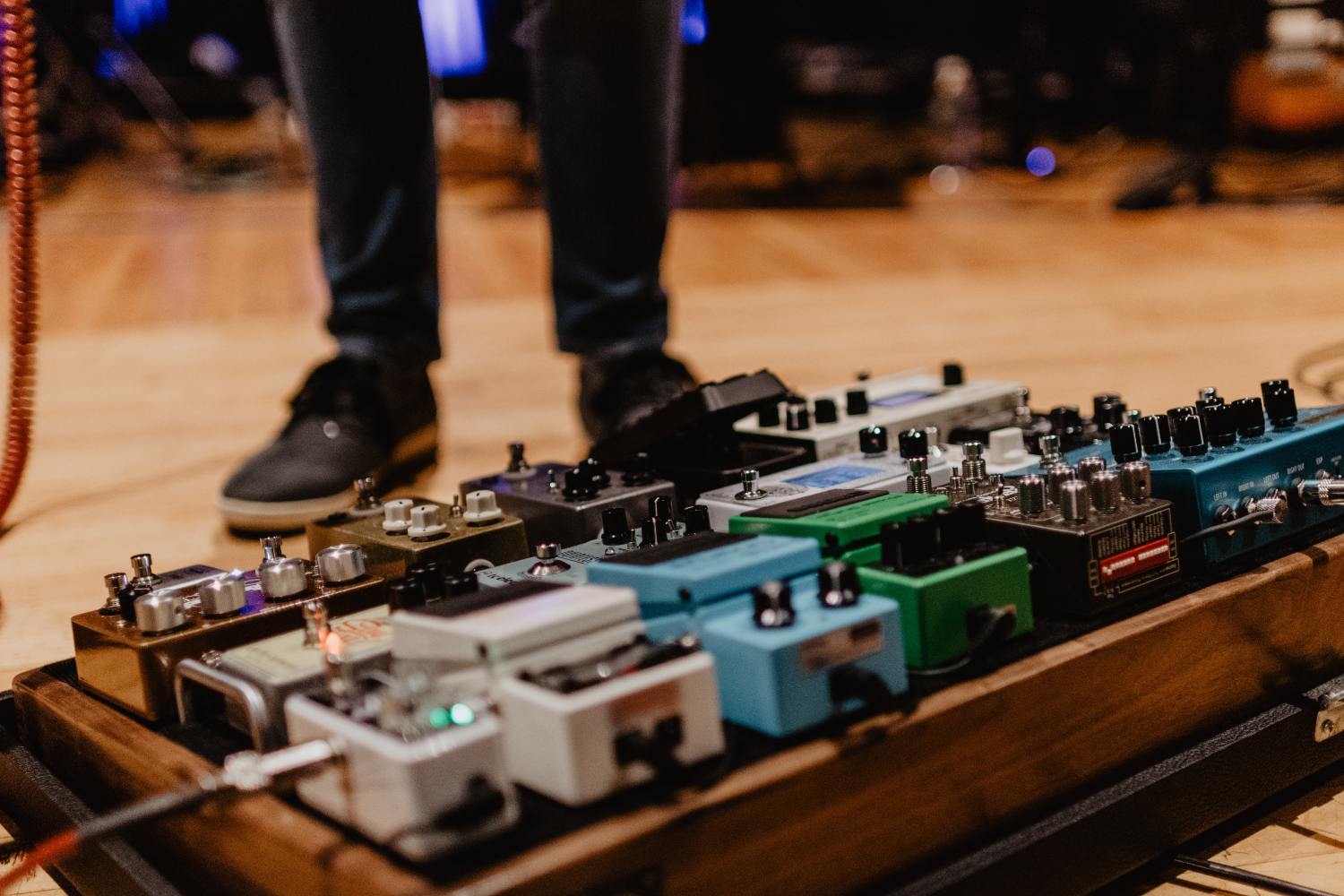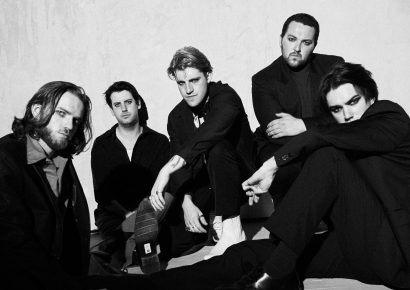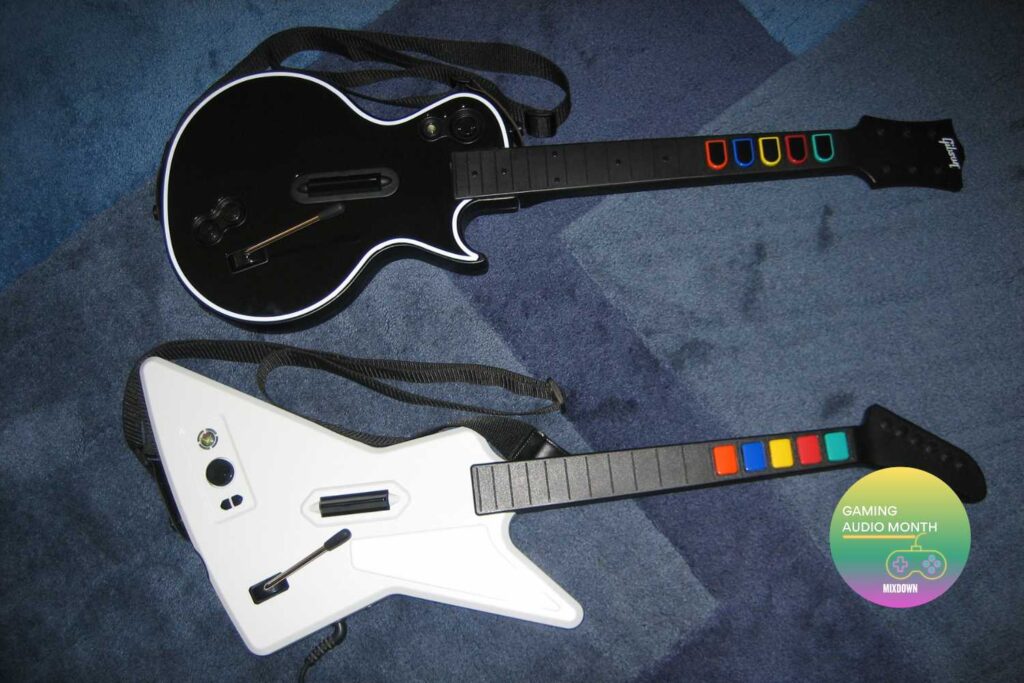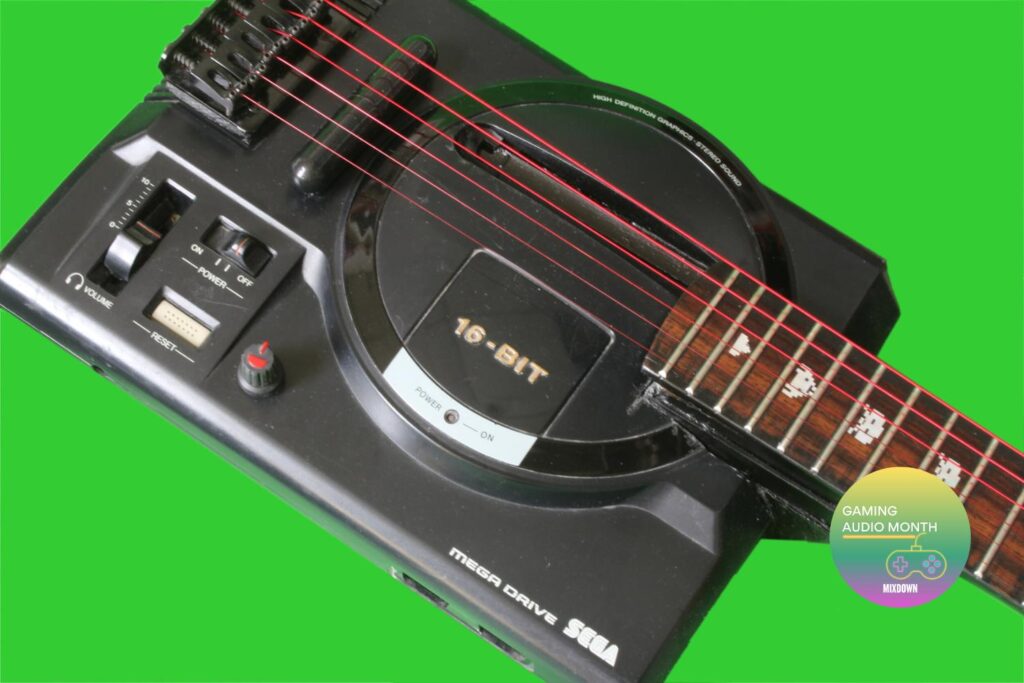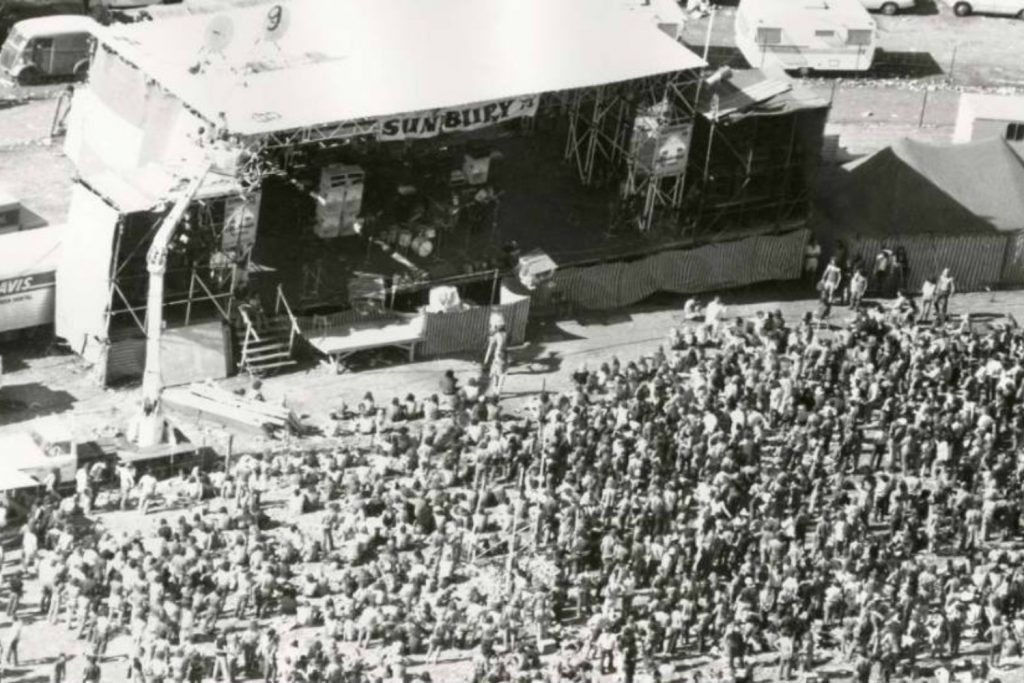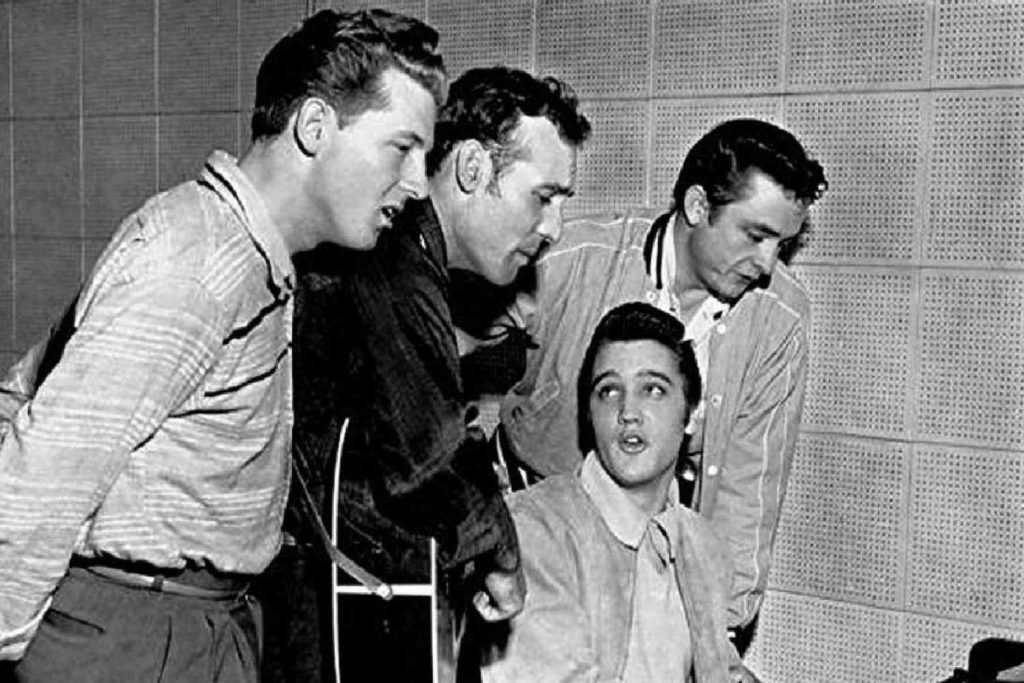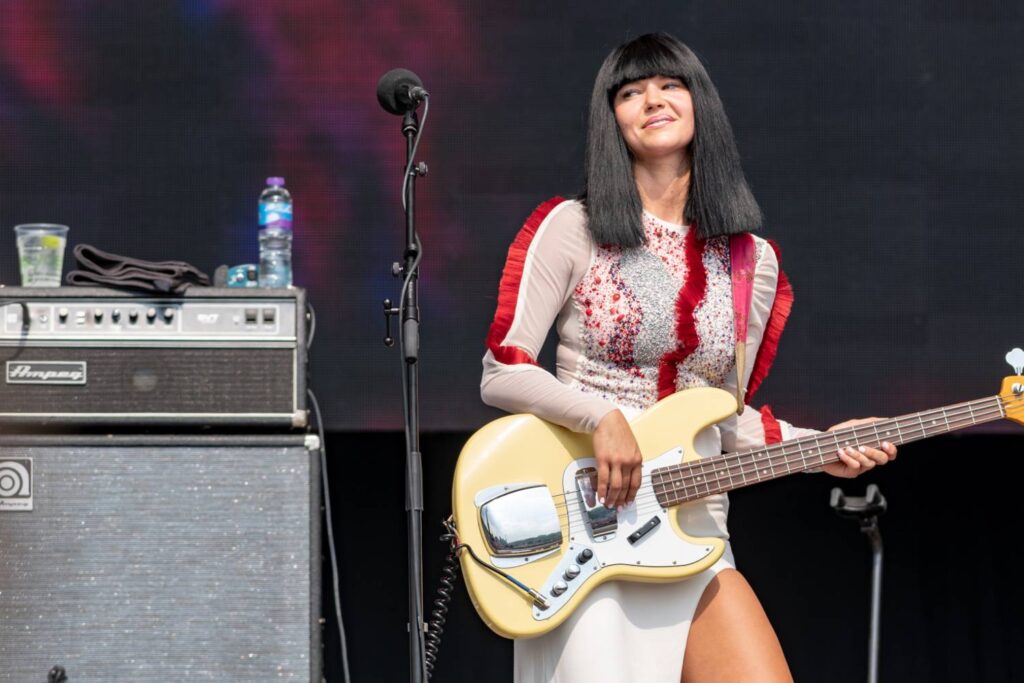Shedding light on the not so obvious applications and uses for guitar pedals within a wider range of styles and genres
The guitar pedal is easily the most common effects unit available on the market. They range from cheap, common, entry level units all the way up boutique, highly specialised, and handmade products. They all have their place within the guitar world and there is no shortage of variety, makes, and models.
What some people may not realise is how important pedals have been to genres and styles of music outside of guitar-based styles of music. They are a great way to get outboard effects, especially for those who don’t like to work in the box.
Read all the latest features, columns and more here.
The aim of this article is to shed light on the not so obvious applications and uses for guitar pedals within a wider range of styles and genres. Here are just a few ideas on how you can make the most out of any guitar pedals you may have lying around.
Outboard studio effects
Using guitar pedals in a studio environment is not uncommon. Although designed for guitars primarily, there really is no limitations as to what you can apply these pedals to. Using them as small outboard effects units is a fun way to get news sounds and to process existing sounds within your studio.
Anyone with a home studio that has a decent audio interface with multiple inputs and outputs will be able to experiment with this. Sending signal out of your DAW from one of the outputs of your interface, into the pedal and back out into a spare input is a simple way to get a range of analogue hardware effects into your song or in the mix. (Please note that some pedals, especially if they are valve/tube operated, may need an impedance matching device so as to not damage the pedal).
Synthesisers
As any experienced electronic music producer will tell you, pedals are a synth’s best friend. Although capable of a wide variety of sounds, many synthesisers do not come with any onboard effects, especially classic and analogue synthesisers. A guitar pedal is a simple way to experiment with patches and add new sonic characteristics to your instrument.
Acid house and techno producers will often pair their Roland TB-303s with a pedal you may very well own, the BOSS DS-1 distortion pedal. With the Boss DS-1 being one of the most common guitar pedals of all time, it was a cheap and effective way to add distortion to the 303, which would eventually become a staple of the acid sound. Other well known pairings with synthesisers include, reverb, delay, and chorus, all of which are very common and come in a wide range of price and functionality.
Vocals
Adding effects to vocals can provide a range of interesting sounds, and guitar pedals easily allow one to stack and tweak effects on the fly. You could add them in the studio as mentioned above, or if you happen to have an audio mixer lying around, it’s possible to get these effects on live vocals in a performance setting.
Plugging in some pedals to the FX end of the mixer and back into a spare channel on the mixer will allow you to blend the affected signal with your dry vocals to your preference, much like how an aux send would function in a DAW. Effects can be subtle or mind-bendingly intricate with multiple delays, reverbs, and loopers in order to create wild and psychedelic soundscapes.
Drum machines
Although probably not your first thought on what to add a pedal to, drum machines can benefit greatly from the addition of guitar pedals. A common issue people find with drum machines is that they’re too… well… machine-like.
The perfect timing and lack of subtle variations that a drum machine has can be off-putting to some, as it can lack the feeling, movement, and human-ness found with a live drummer. Although this can be offset with functions like velocity control and swing, these aren’t as immediate and not nearly as fun as the addition of a pedal.
Distortion units can work well to add grit and harmonics to sounds, especially low end sounds such as kicks to give it a bit more oomph. Naturally, reverb and delay also make great additions to hats, toms, and any other mid to high frequency sounds.
If your drum machine has individual outputs, then you can really go crazy by mixing and matching different effects over each voice. A fun setup using multiple pedals may look like this:
A distortion unit on the kick, a reverb on the snare, delay on toms, and a phaser or flanger on the hats to add movement.
See Ricky Tinez’s video in which he demonstrates this.
DJ effects
This one is for all the DJs out there. Although many modern DJ mixers come with their own range of built-in effects, the quality of these effects, although they do the job, can leave much to be desired. There are dedicated outboard DJ multi-effects effects units, but they can be expensive and there is often a learning curve, meaning that it isn’t as immediate to those who are unfamiliar with each specific model.
However, it isn’t uncommon for DJs to bring their own effects to gigs in the form of guitar pedals. Any decent DJ mixer will have an FX send and FX return, which is essentially a second output for the DJ to route the audio into external effects units. They typically use a balanced TRS connection which, you guessed it, you can plug your effects pedals into. Setting the dry/wet to all the way wet will allow you blend your effects with what is playing through the controller, and it will function the same as any of the other built in effects.
The simple to operate knob-per-function layout that pedals typically employ means you are easily able to tweak the effects in real time during a performance, a feature that is unavailable to those who use the onboard effects. It’s a simple way to take your DJing to the next level and really experiment with what is possible during your performance.
Pedal order
Finally, we have something for the guitar players as well. Pedal order. As any guitar player who is familiar with pedals will tell you, there is a recommended order for them in the signal chain to maintain a semblance of your original tone. But don’t be afraid to experiment with this order. Mixing and matching different pedals in the signal chain can produce some interesting results. Not every combination is going to be a winner, but you may be surprised with what you’re able to come up with.
The fun of guitar pedals is that they are easily interchangeable and low cost when compared to studio grade outboard effects and rack mount units, and there is no shortage of pedals modelled after legendary effects processors, such as the new Boss RE-202. A much more accessible alternative to shelling out a few grand for the original unit, that is if you can find one.
Overall, the message I’m trying to get across is, experiment, play, and have fun, you might be surprised with the sounds you can come up with.
For more pedal goodness, check out LANDR’s take on the whackiest effects pedals ever.
